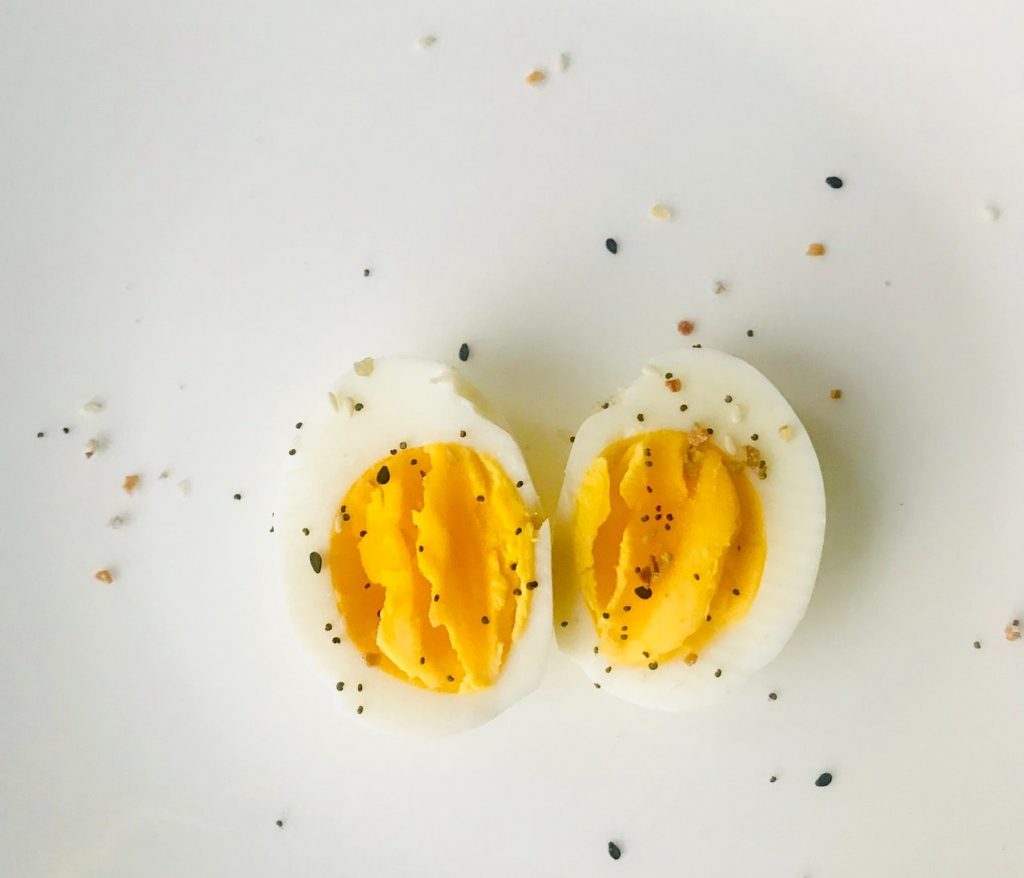The temperature at which water boils declines as elevation rises, so a longer time is required to prepare hard-cooked eggs at higher altitudes. Colorado cooks will need to do their own testing with hard-cooked eggs to obtain the desired results, but a good place to start is to use the following method adapted from the American Egg Board.

You can also learn more about a variety of high altitude cooking adjustments in CSU Extension’s High Elevation Food Preparation Guide.
The following method for preparing hard-boiled eggs has been modified for cooks living above 5,000 feet:
High Elevation Hard-Cooked Eggs
For easier peeling, use eggs that are 7-10 days old.
Step 1:
Place eggs in saucepan large enough to hold them in single layer. Add cold water to cover eggs by 1 inch. Cover pan and heat on HIGH just to boiling. Reduce heat and simmer for 5 minutes.
Step 2:
Remove pan from burner. Let eggs stand, covered, 15 minutes large eggs/20 minutes extra-large eggs.
Step 3:
Drain immediately, peel, and serve warm, or cool completely under cold running water or in bowl of iced water, then refrigerate.
Safety tips for decorated hard-cooked eggs
- Always wash hands thoroughly with soap and water before handling eggs when cooking, cooling, or dyeing and after handling raw eggs.
- Refrigerate hard-cooked eggs in a clean container right after they are cooked and cooled. Keep hard-cooked eggs refrigerated until ready to color or display, and then limit their time out of refrigeration to less than 2 hours to reduce the risk of foodborne illness.
- If you plan to eat the decorated eggs, start with hard-cooked eggs without visible cracks and use food coloring or specially made food-grade egg dyes. Consume within 1 week.
- Eggs that crack during dyeing or while on display—or are out of refrigeration for more than 2 hours—should not be eaten.
Get lots of great egg information and recipes at http://www.incredibleegg.org/


